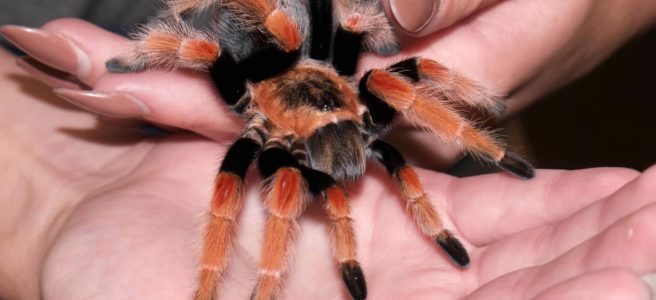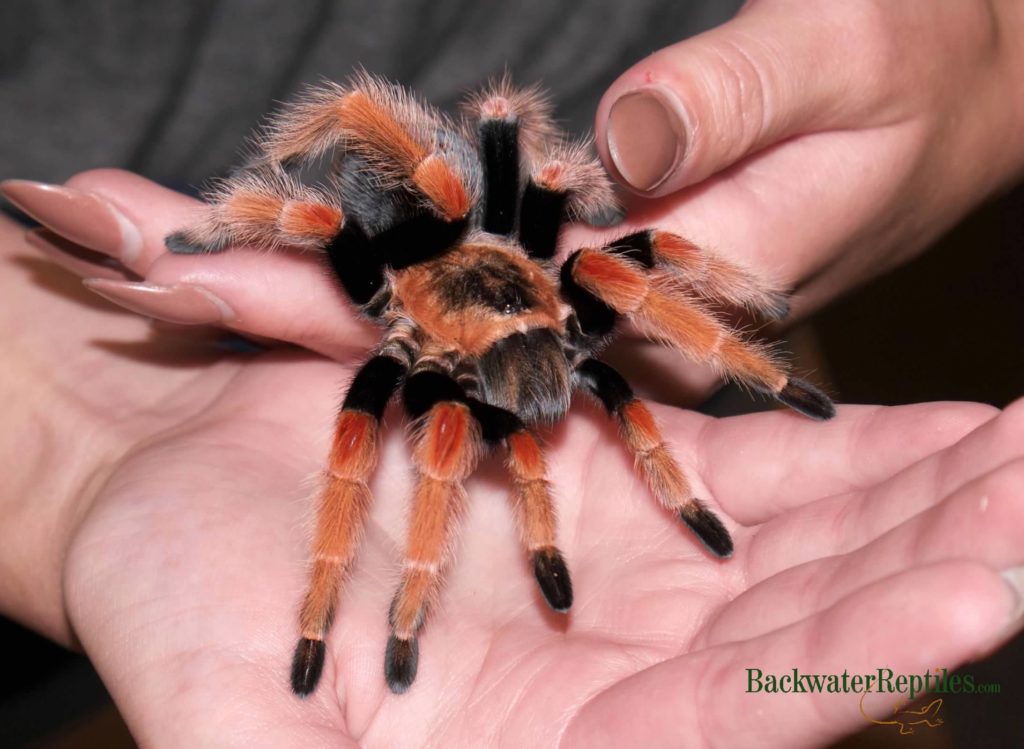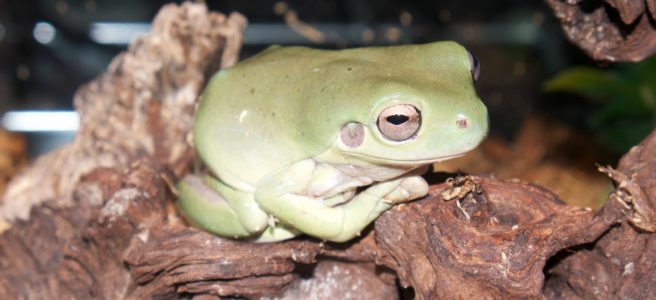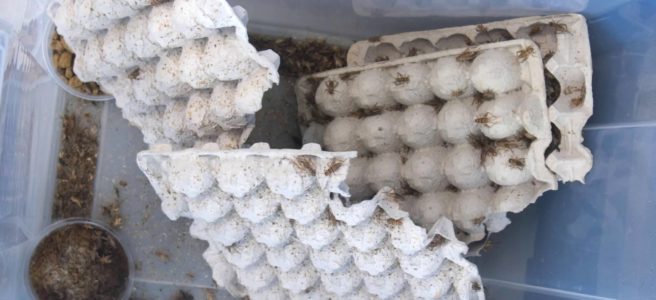Do pet tarantulas need UV lighting as part of their enclosure?
Pet tarantulas are popular for many reasons. Some people like the way they look. Others enjoy the fear factor associated with them. Many simply love that they are low maintenance pets. But a very commonly asked question we get when people are considering getting their own pet tarantula is whether or not it’s necessary to provide them with UV lighting.
In this article, we will explore why it’s not necessary to provide your spider with UV lights. We will also talk about what the reasons are that some owners choose to use lighting set ups for their arachnids anyways.

Your tarantula does not require UV lighting
Truthfully, most species of tarantula are the most active at night. The sun and other bright lights certainly don’t harm them any more than they would any other animal, but in general, wild tarantulas prefer darker environments. This is why when they are kept as pets, it’s not necessary to provide your tarantula with UV lighting.
In fact, tarantula cages should not be kept in direct sunlight. Spiders should also always be provided with a retreat where they can go to hide if they choose.
Why do some tarantula owners use lights?
Because different spiders have slightly different enclosure requirements and do better with different humidities and temperatures, some owners choose to use lights to regulate variables within the enclosure.
Lights do not need to produce UV rays, but some tarantula keepers use lights to help raise the temperature within the enclosure. This is especially useful for people who live in colder climates or like to keep the ambient temperature in their home rather cool.
Lights can also be useful to create a natural night and day Circadian rhythm. For many spiders, this can help feeding responses, molt timings and other natural functions occur on schedule and with no hiccups.
Another reason a tarantula owner might wish to use lights is to regulate humidity. Some spiders are burrowers, some are arboreal and others are desert dwellers. Lighting that creates heat can help moisture evaporate from substrate to create the proper humidity that your spider requires.

What items should your tarantula enclosure include?
So if my tarantula doesn’t need UV lights to be healthy, what does it need in order to thrive in captivity?
First, when you decide to care for a tarantula, make sure you know whether it is arboreal or terrestrial. Arboreal spiders need cages that have more vertical space, while terrestrial spiders need cages that have more floor space. So your biggest order of business before deciding whether or not to use lights is a proper cage.
Tarantula enclosures also need substrate. What kind you get will be determined by what type of spider you have. Typically, coconut husk and potting soil mixtures work well for most species.
A hide is another essential piece of furniture within your spider’s enclosure. The hiding spot needs to be big enough to conceal the tarantula, but not too heavy that it could injure it. Spiderlings need a hide too, but exercise caution when choosing. It needs to be light weight and practical in addition to functional.
A water dish or water source is something else that you should include, even though most tarantula owners never see their pet getting a drink. Spiderlings shouldn’t have a full water dish for safety reasons, but you can put a moist sponge in a small dish within the cage. Larger spiders are not usually at risk to drown, so a normal lightweight water dish should suffice.
Depending on which spider species you own, you will need to regulate temperature and humidity. This is where research comes into play and whether or not you wish to use lights to obtain the proper specs.

Nighttime lighting for your tarantula
Because most tarantulas are most active at night, you’ll want to keep it pretty dark in order for them to comfortably eat and explore. But you can still watch your tarantula if you use night time lights that are specially created just for this purpose.
Night viewing light bulbs simulate moonlight and allow owners to observe their pets when the lights go out. They are especially useful for night time feedings or if you want to sneakily observe your tarantula during the molting process.

Conclusion
In the wild, tarantulas tend to avoid harsh light and are most active at night. This means that when they are kept as pets in captivity, UV lighting that mimics the rays of the sun is not necessary for their wellbeing.
Bear in mind that some tarantula owners do use various forms of lighting to help regulate variables such as temperature and humidity within their spider’s enclosure. There are also night time viewing lights that allow owners to watch their spiders at night while still mimicking normal night/day cycle patterns.
Ultimately, the choice on whether or not to utilize lights for your pet tarantula depends on your unique circumstances.

















